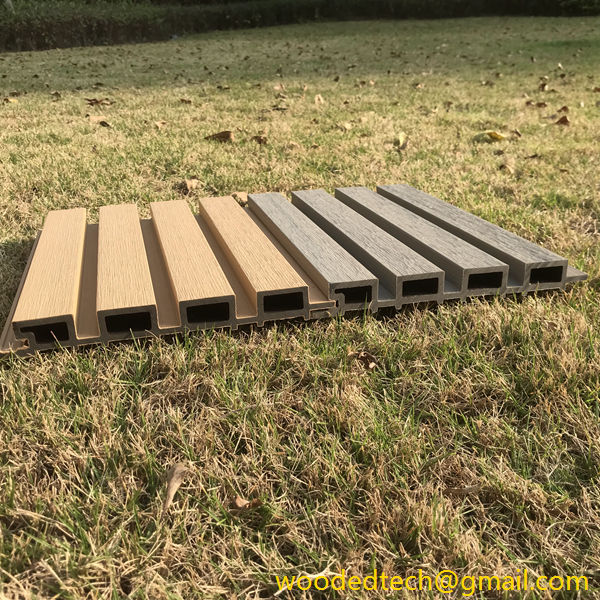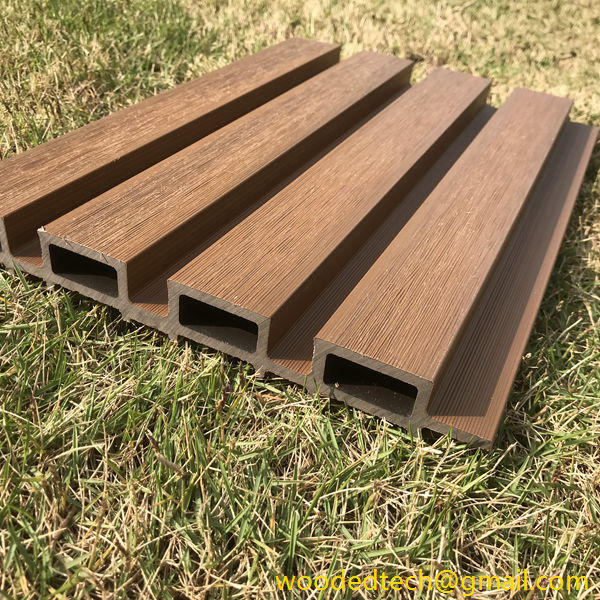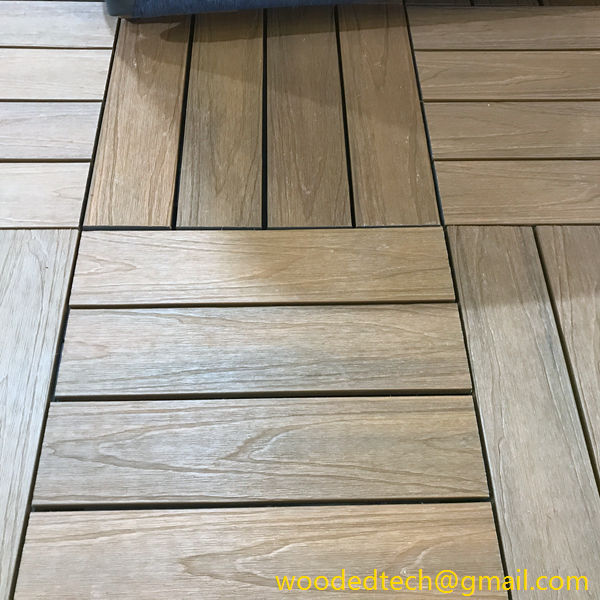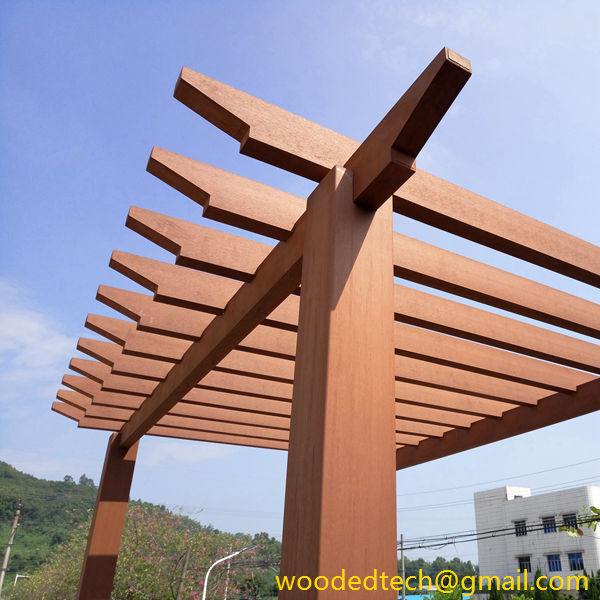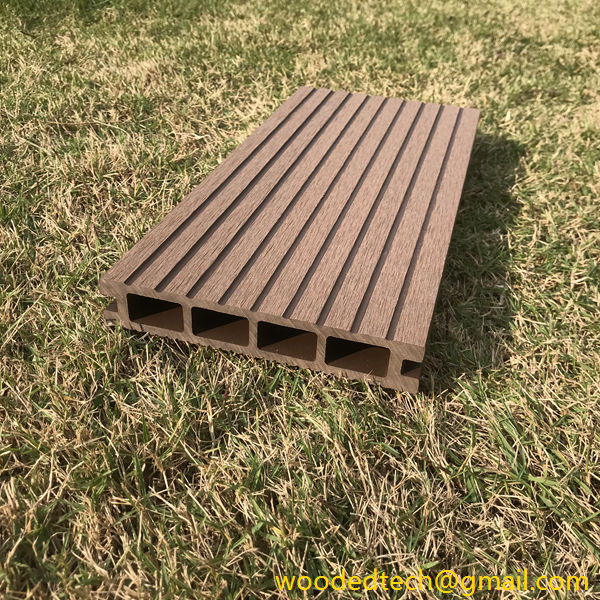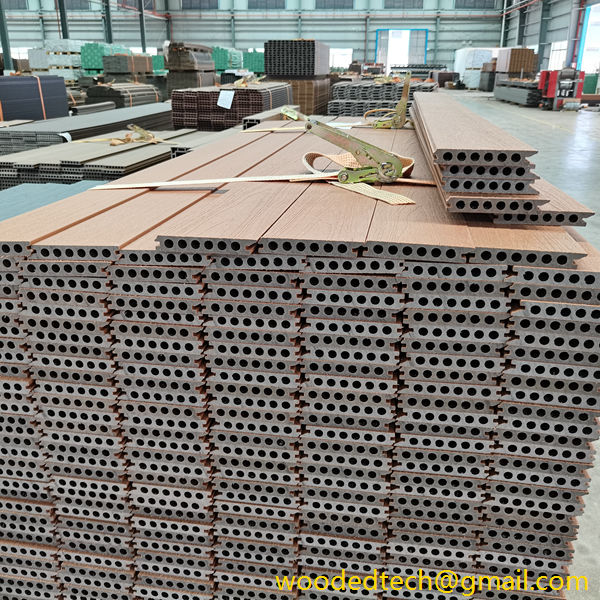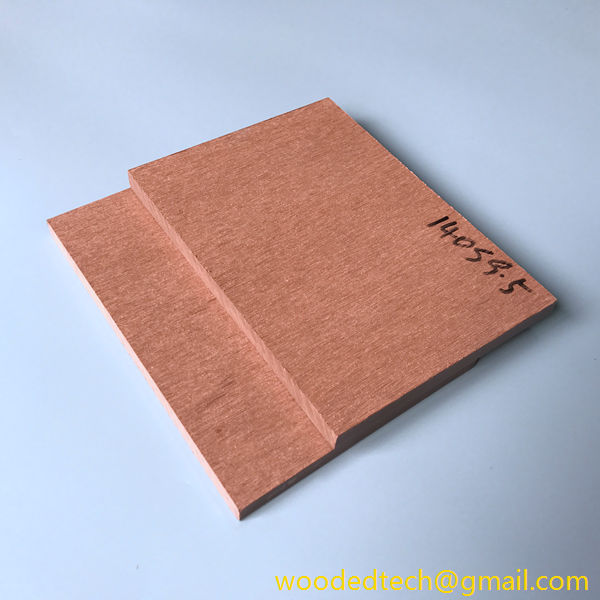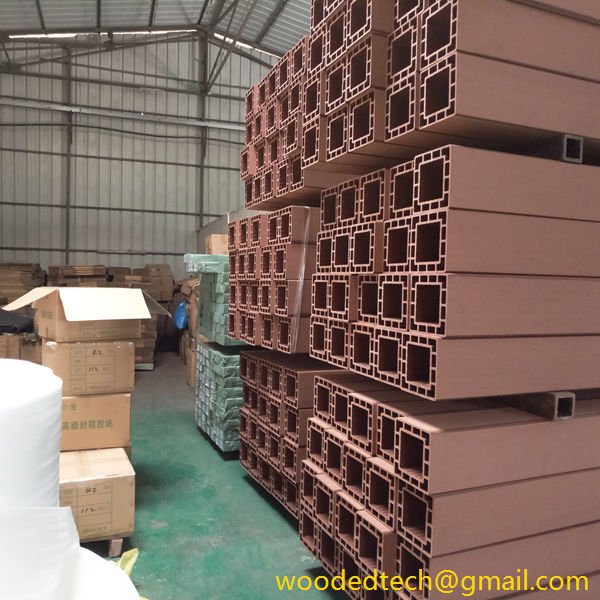اكتشف حجم كسوة WPC المناسب لاحتياجات مشروعك
اكتشف الحجم المناسب لكسوة الخشب والبلاستيك المركب (WPC) لاحتياجات مشروعك عندما يتعلق الأمر باختيار الكسوة الخشبية والبلاستيكية المناسبة لمشروعك، فإن أحد أهم العوامل التي يجب مراعاتها هو حجم ألواح الكسوة. يمكن أن يؤثر الحجم بشكل كبير على المظهر الجمالي والوظائف والتكلفة الإجمالية لمشروعك. مع...
اكتشف حجم كسوة WPC المناسب لاحتياجات مشروعك
When it comes to choosing the right wood-plastic composite (WPC) cladding for your project, one of the most crucial factors to consider is the size of the cladding boards. The size can significantly influence the aesthetic appeal, functionality, and overall cost of your project. With the rise in popularity of WPC cladding due to its durability, low maintenance, and eco-friendliness, understanding the various dimensions available and their respective advantages can help streamline your decision-making process.
In recent years, China has emerged as a leading hub for the production of WPC materials, thanks in large part to its cost advantages. The combination of advanced manufacturing technologies, an abundant labor force, and the ability to scale production efficiently has allowed Chinese manufacturers to offer competitive pricing without compromising quality. This cost advantage can be a game-changer for your project, especially when considering the size and quantity of WPC cladding needed.
Understanding the sizes available in WPC cladding is essential for planning your project effectively. WPC cladding typically comes in various dimensions, including thickness, width, and length. Common thickness options range from 6 mm to 25 mm, while widths can vary from 100 mm to 200 mm or more. Lengths usually offer standard sizes, such as 2.4 meters, 3 meters, or even custom lengths, depending on the manufacturer.
Choosing the right thickness for your WPC cladding is vital for ensuring durability and structural integrity. Thicker boards tend to be more robust and can withstand greater loads, making them suitable for projects that require additional strength, such as commercial applications or areas exposed to severe weather conditions. However, thicker boards may also be heavier and more challenging to install, which could increase labor costs. This is where the cost advantage of Chinese production comes into play. The lower production costs in China can offset any potential increases in installation expenses, making thicker options more accessible for project managers or homeowners on a budget.
Width is another critical dimension to consider. Wider boards can create a more seamless appearance and reduce the number of pieces required for installation, thereby decreasing labor time and costs. On the other hand, narrower boards can offer more design flexibility and are often easier to handle during installation. When sourcing WPC cladding from Chinese manufacturers, the availability of various widths at competitive prices can help you achieve the desired aesthetic for your project without overspending.
Length is also an important consideration, especially in terms of waste reduction during installation. Longer boards can minimize the number of joints and seams, creating a cleaner look and reducing the potential for water ingress. However, longer boards may be more challenging to transport, which could lead to higher shipping costs depending on your location. Fortunately, many Chinese manufacturers have well-established logistics networks, allowing them to ship products efficiently and cost-effectively, further enhancing the overall value of sourcing WPC cladding from China.
In addition to these dimensions, it is essential to consider the specific needs of your project when selecting WPC cladding sizes. For instance, if you are working on a residential project with unique architectural features, you may need custom sizes that cater to those design elements. Many Chinese manufacturers are equipped to offer customized solutions, allowing you to obtain cladding that fits perfectly with your vision while still benefiting from their cost advantages.
Moreover, the environmental benefits of WPC cladding make it an attractive choice for eco-conscious builders and homeowners. WPC is made from a combination of recycled wood fibers and plastic, reducing the need for virgin materials and minimizing waste. As more consumers prioritize sustainability in their building materials, choosing WPC cladding not only aligns with these values but also reflects positively on your project’s overall environmental footprint.
When planning your project, it is also essential to factor in future maintenance costs. WPC cladding is designed to resist fading, staining, and mold growth, making it a low-maintenance option compared to traditional wood cladding. This durability can lead to significant cost savings over time, especially in regions that experience harsh weather conditions. By investing in high-quality WPC cladding from Chinese manufacturers, you can ensure that you are getting a product that will stand the test of time without incurring excessive upkeep expenses.
In conclusion, selecting the right size of WPC cladding for your project is a multifaceted decision that involves considering thickness, width, length, and specific project requirements. The cost advantages offered by Chinese production areas make it an appealing option for sourcing WPC materials, allowing you to achieve your design goals without breaking the bank. With the right planning and consideration, WPC cladding can provide a durable, attractive, and environmentally friendly solution for any construction project. As the market continues to evolve, leveraging the expertise and production capabilities of Chinese manufacturers can help ensure that you are making the most informed and cost-effective choices for your next project.

